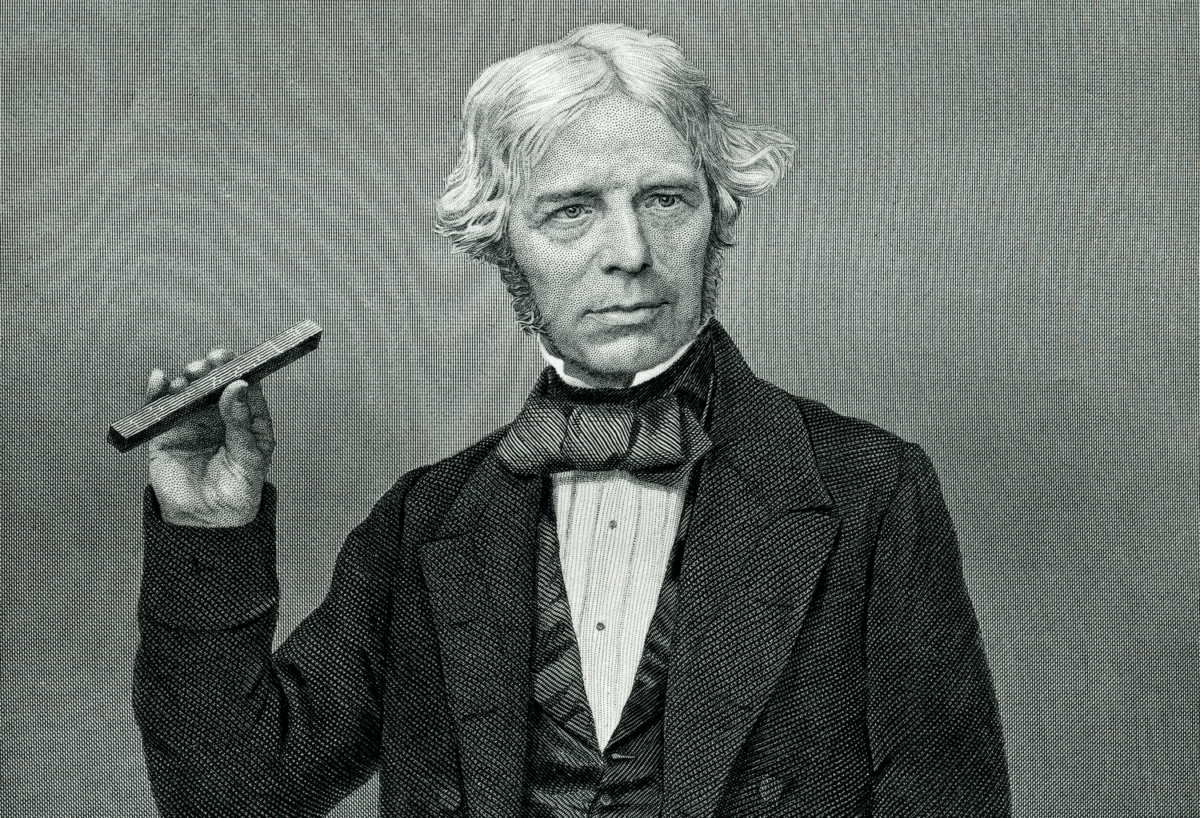Introduction:
In the vast and often turbulent landscape of Hollywood, Tom Hanks stands as a beacon of decency, talent, and enduring success. Regarded as one of the most beloved actors of his generation, Hanks has captivated audiences with his versatility, charm, and unmistakable authenticity. However, beneath the surface of his seemingly straightforward persona lies a complexity that adds layers to his enigmatic allure. In this extensive exploration, we delve into the mystery of Tom Hanks, examining the facets of his character, career, and the intriguing blend of simplicity and complexity that defines this iconic Hollywood star.
The Journey to Stardom:
1. Early Years and Television Roots:
- Tom Hanks, born in Concord, California, embarked on his entertainment journey with roles in sitcoms like “Bosom Buddies” and “Family Ties.” His early career hinted at the affable charm that would later become his trademark.
2. Breakthrough with “Big” and “Splash”:
- The ’80s marked Hanks’ breakthrough with memorable roles in “Big” and “Splash,” showcasing his comedic prowess and establishing him as a leading man.
3. Oscar-Winning Performances:
- The ’90s saw Hanks receive back-to-back Academy Awards for “Philadelphia” and “Forrest Gump,” solidifying his status as one of Hollywood’s most esteemed actors.
The Decency Persona:
1. America’s Dad:
- Tom Hanks is often referred to as “America’s Dad,” a moniker earned through his wholesome image, relatable characters, and reputation for being one of the nicest people in the industry.
2. Enduring Popularity:
- Hanks’ enduring popularity is not solely based on his acting prowess but also on his down-to-earth nature, philanthropy, and genuine interactions with fans.
3. Family Values:
- A devoted husband and father, Hanks’ commitment to family values and maintaining a private personal life sets him apart in an industry often marked by tumultuous relationships.
Complexity Behind the Smile:
1. Versatility in Roles:
- Despite his reputation for decency, Hanks has showcased remarkable versatility in roles that delve into complex and troubled characters, challenging the perception of him as solely a wholesome actor.
2. Relationship with the Media:
- Hanks maintains a strategic relationship with the media, carefully guarding his private life while offering glimpses that leave fans both satisfied and intrigued.
3. Artistic Ambitions:
- Beyond acting, Hanks has explored various artistic avenues, including producing, directing, and even venturing into writing. His creative ambitions contribute to the multifaceted nature of his celebrity.
Philanthropy and Social Impact:
1. Humanitarian Efforts:
- Tom Hanks is actively involved in philanthropy, supporting causes ranging from medical research to veterans’ initiatives. His commitment to making a positive impact adds depth to his public persona.
2. Global Ambassador for UNICEF:
- As a global ambassador for UNICEF, Hanks extends his influence beyond the entertainment industry, utilizing his platform to advocate for children’s rights and well-being worldwide.
Hollywood’s Everyman:
1. Relatability and Everyman Persona:
- Hanks’ ability to portray the “everyman” on screen contributes to his universal appeal. Audiences find a sense of relatability in his characters, reinforcing his status as Hollywood’s most approachable star.
2. Navigating Fame with Grace:
- Unlike many celebrities, Hanks has navigated fame with grace, avoiding scandal and controversy. His ability to maintain dignity in the public eye sets him apart in an industry often marked by turmoil.
Personal Life and Challenges:
1. Marriage and Family Dynamics:
- Tom Hanks’ enduring marriage to actress Rita Wilson and his commitment to raising a family in the public eye provide a glimpse into the challenges and triumphs of balancing personal and professional life.
2. Health Struggles:
- Hanks’ openness about his health struggles, including a battle with COVID-19, adds a layer of vulnerability to his public image, showcasing the human side of a Hollywood icon.
Conclusion:
Tom Hanks, Hollywood’s most decent star, is a complex and multifaceted personality who has mastered the delicate dance of fame with both skill and grace. From his early sitcom days to his iconic film roles, Hanks has seamlessly navigated the complexities of the entertainment industry. The mystery of Tom Hanks lies in the intricate blend of his genuine decency, unexpected roles, private personal life, and the enduring impact he has made on both the cinematic landscape and the world at large. As audiences continue to be enchanted by his performances and inspired by his humanity, the enigma of Tom Hanks persists, inviting us to appreciate the layers of complexity that define this legendary figure in Hollywood.









